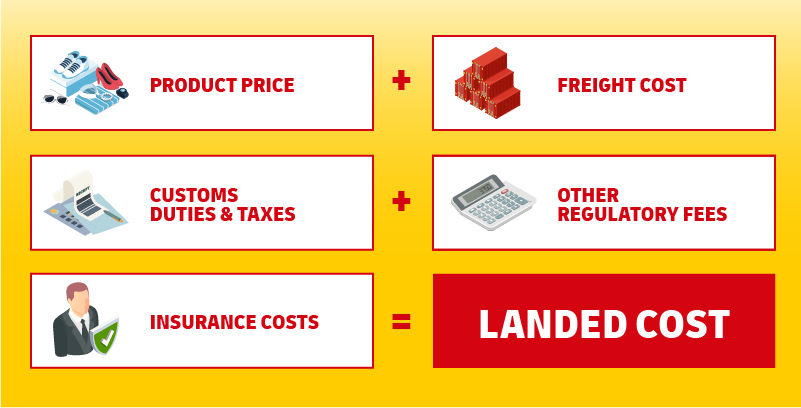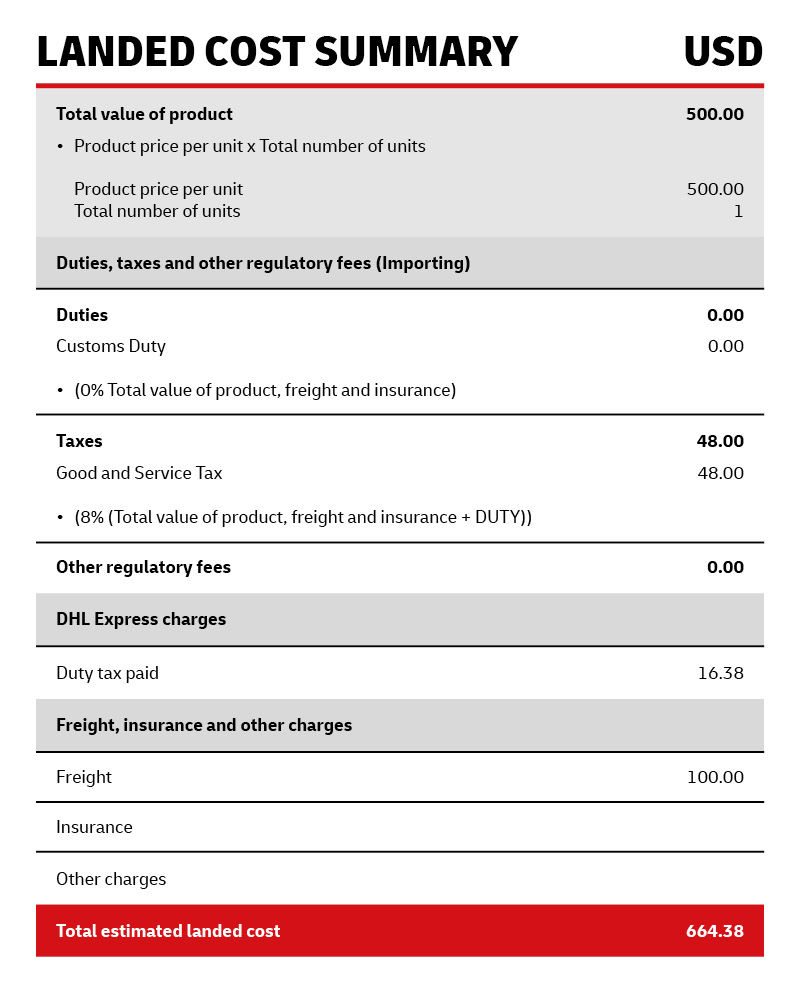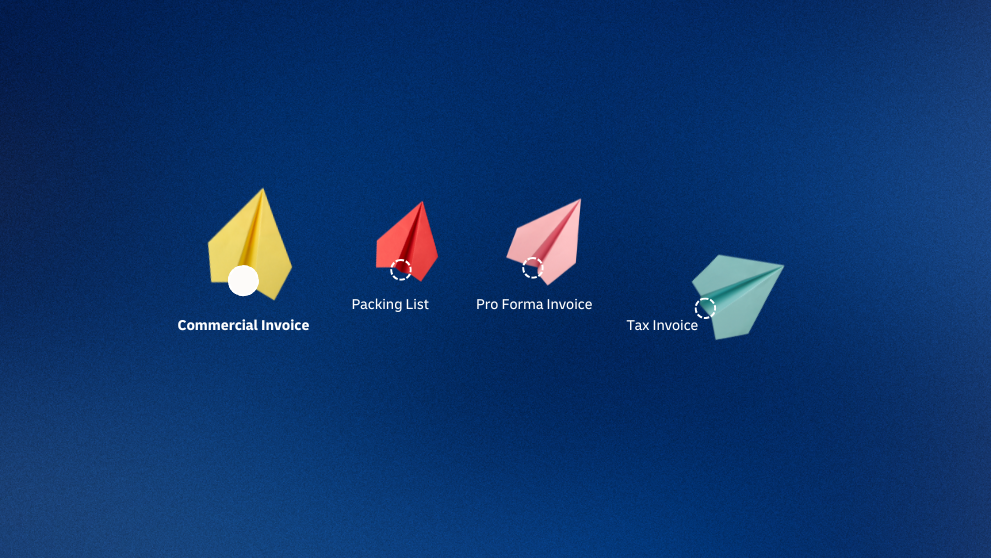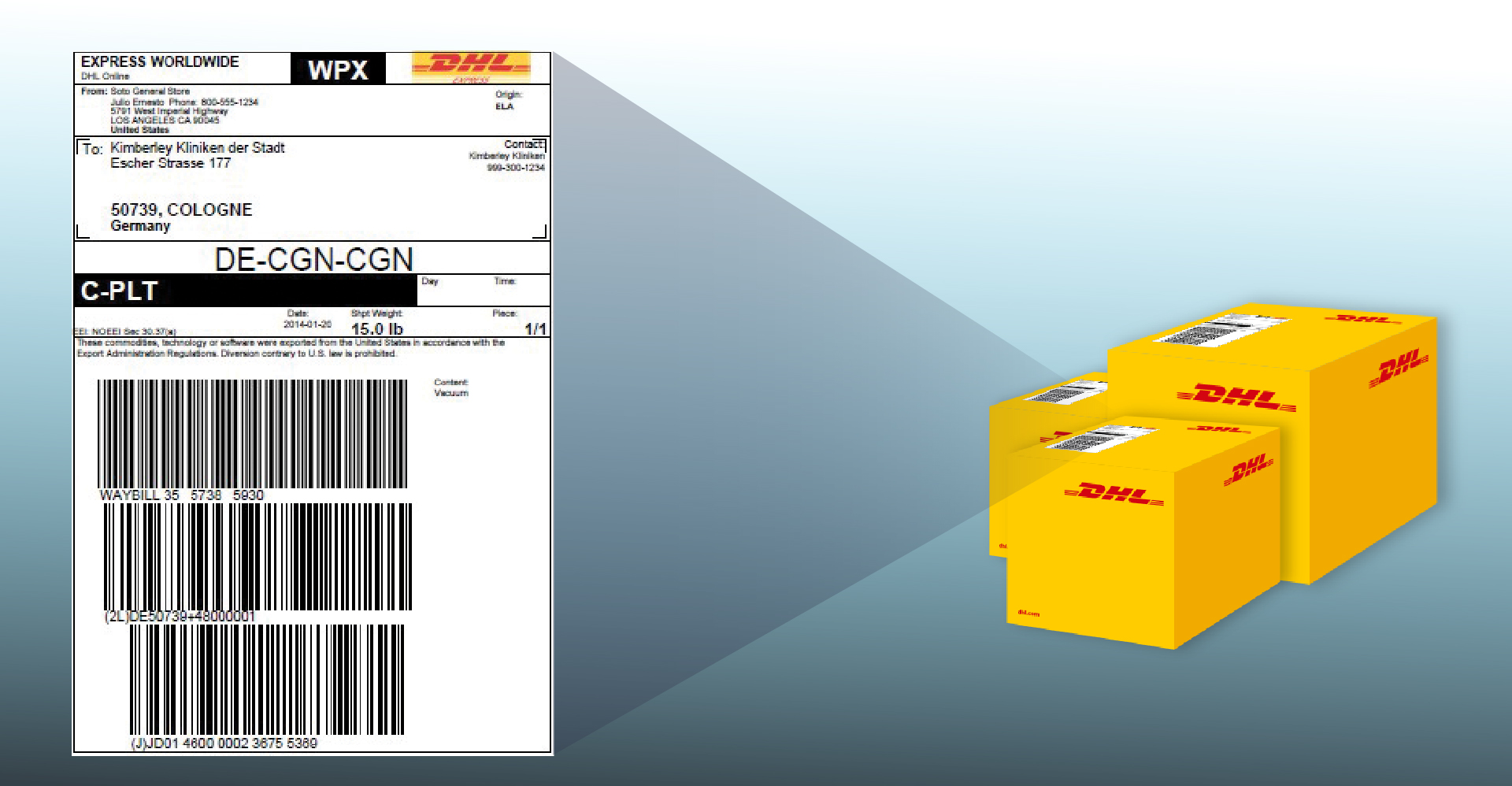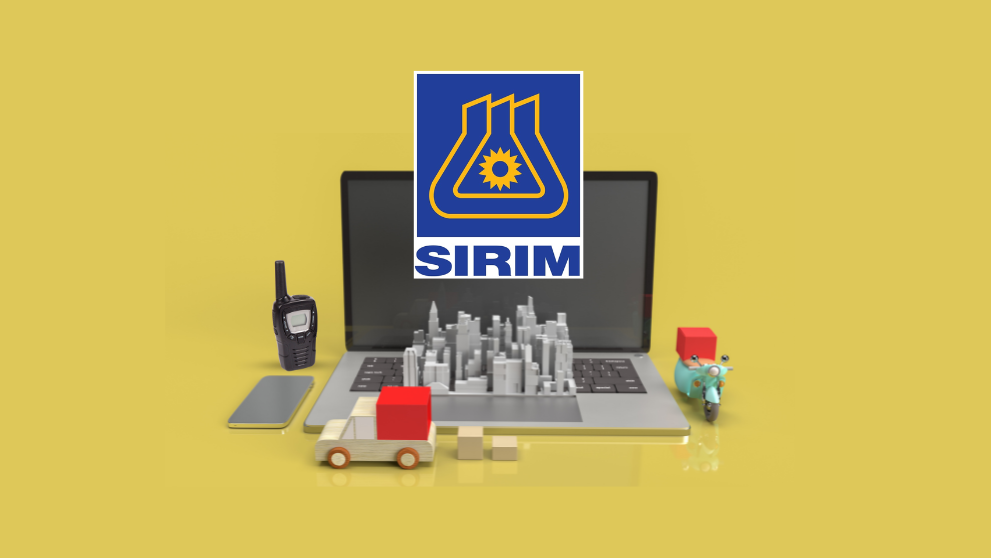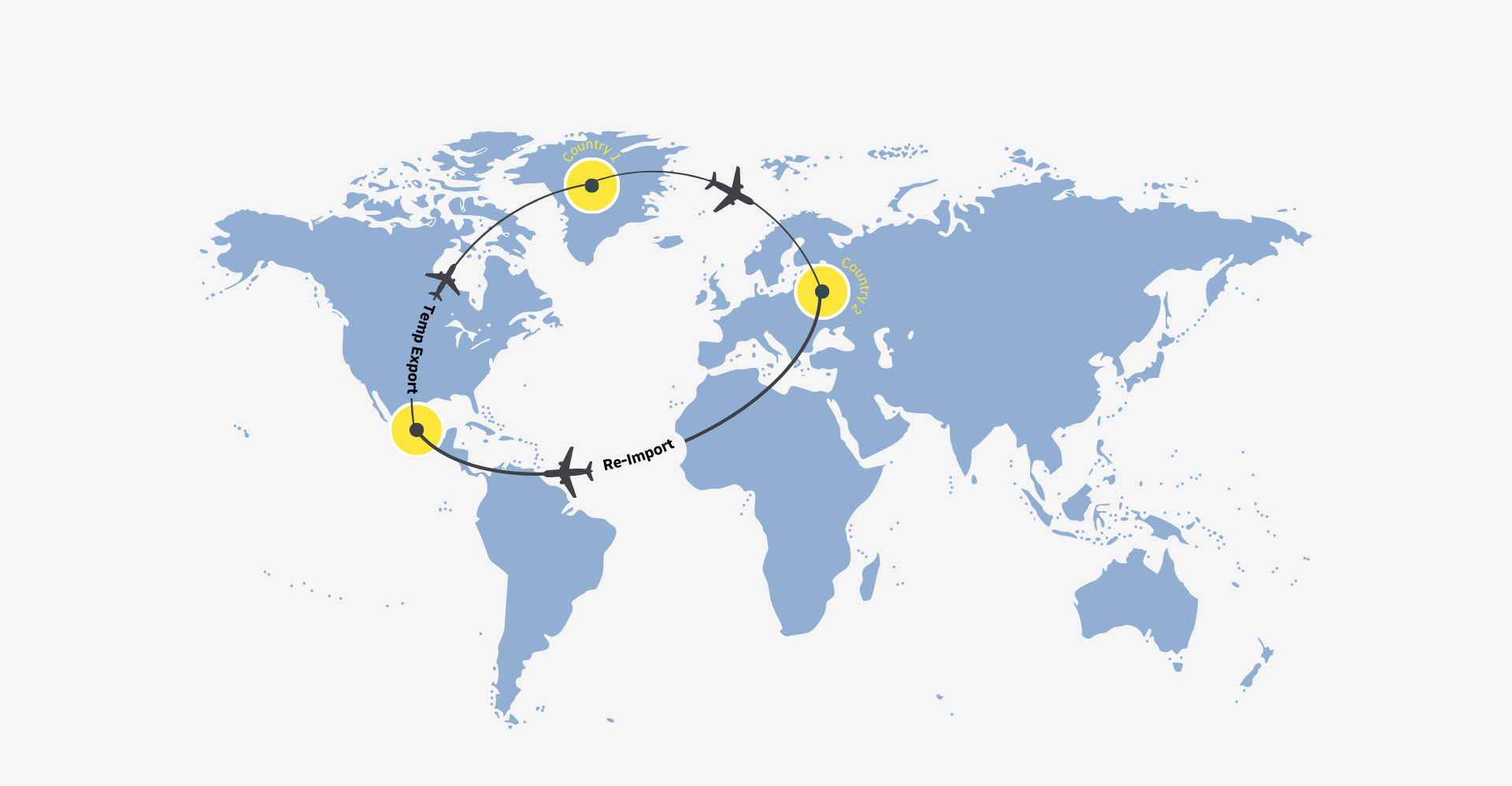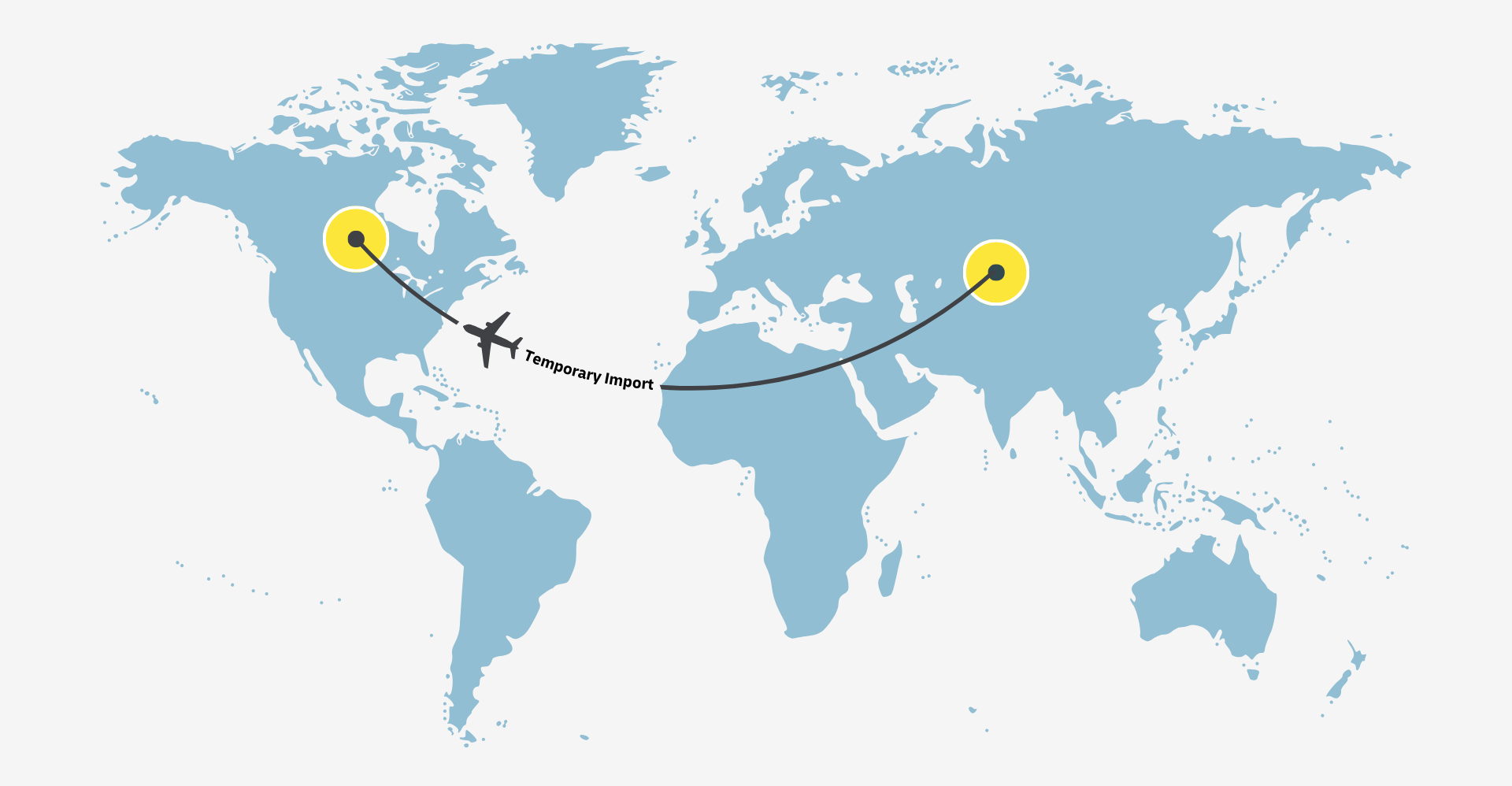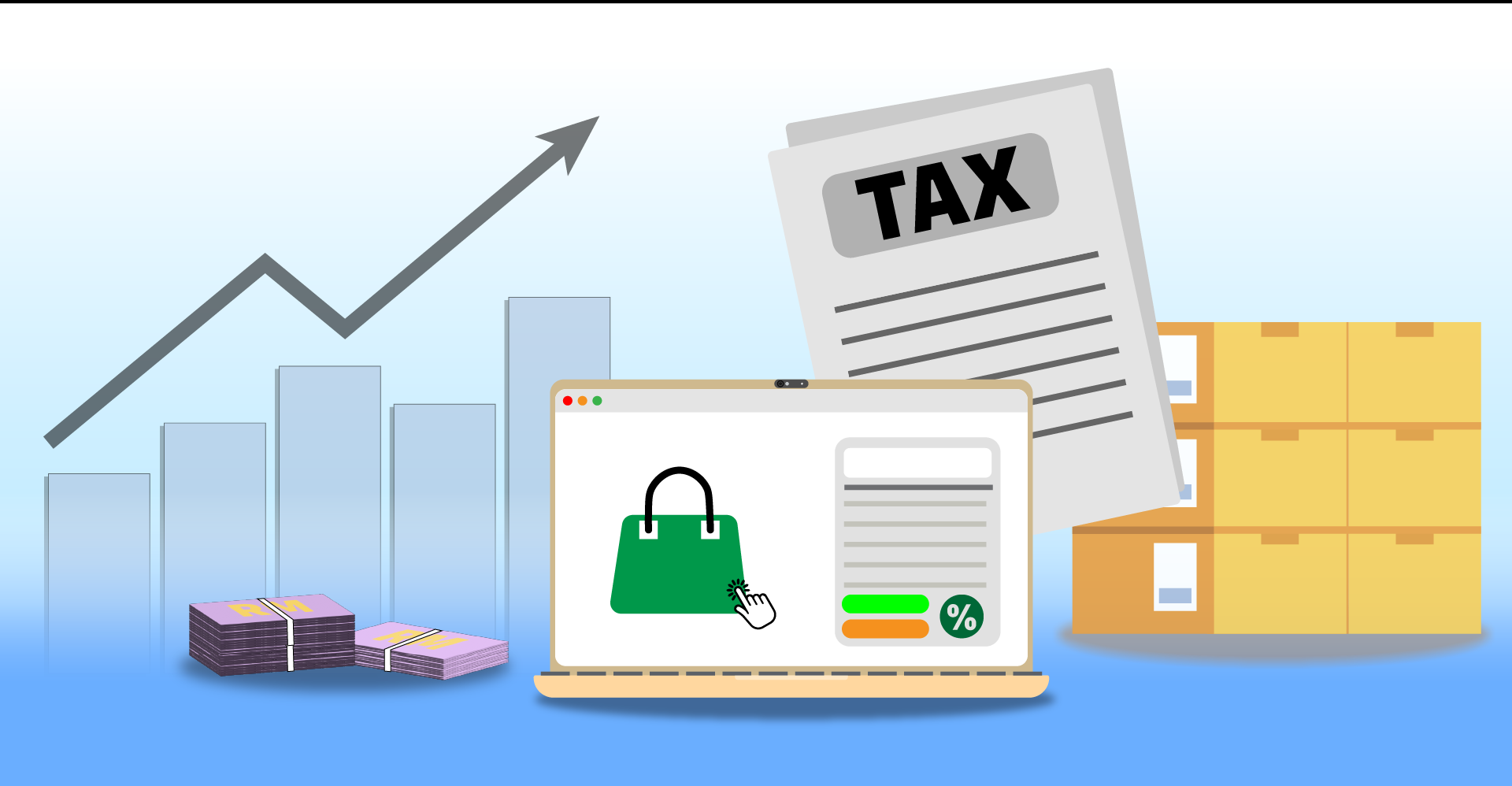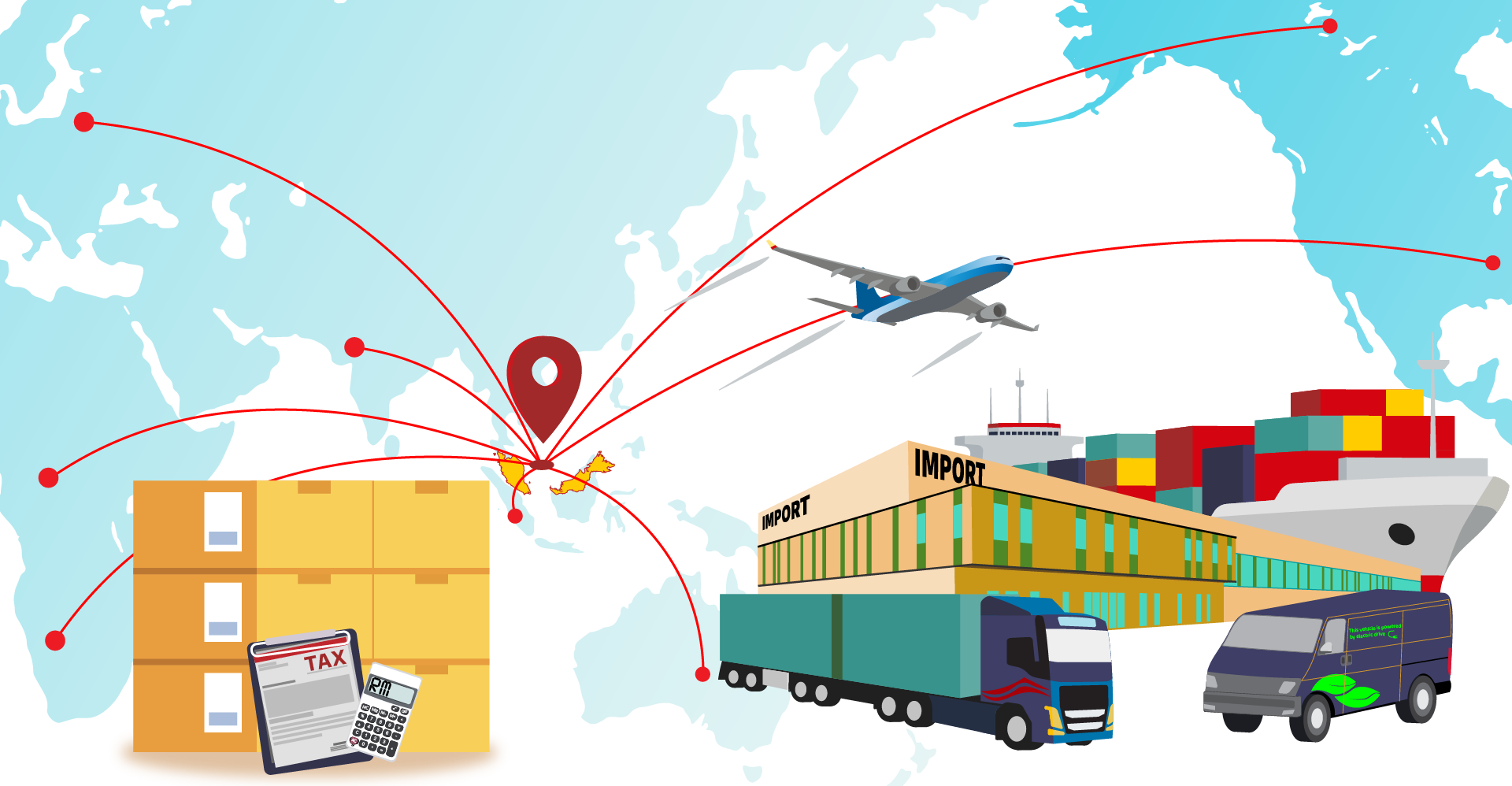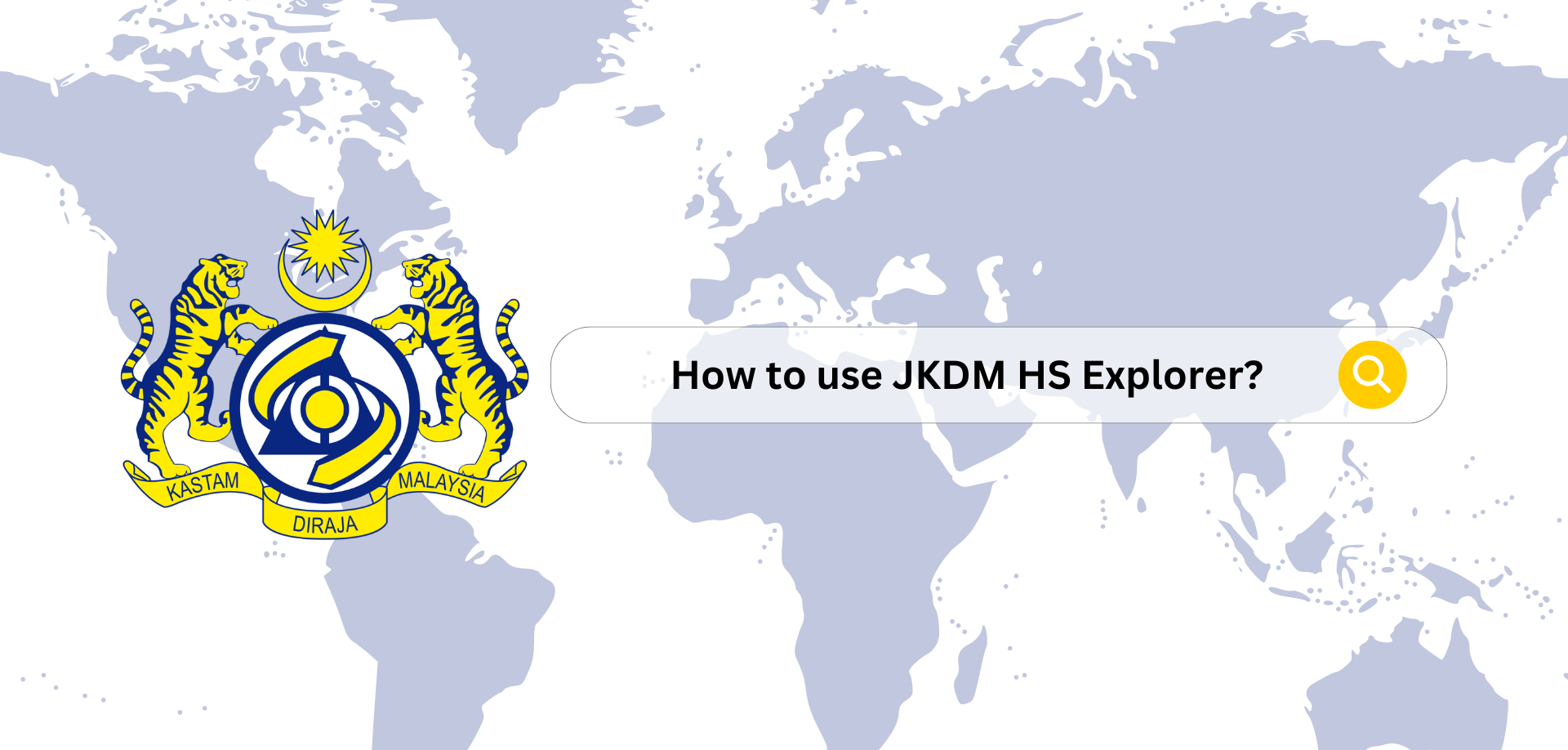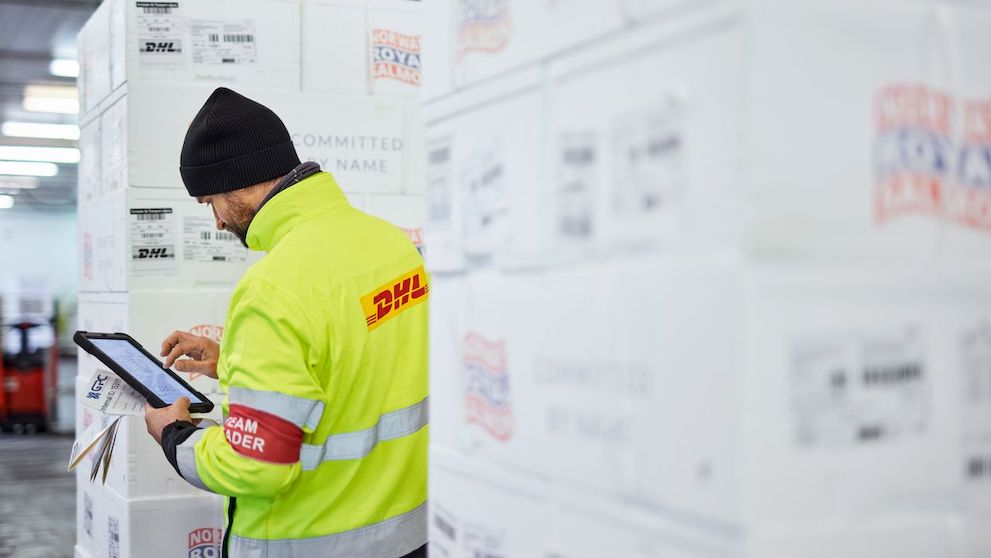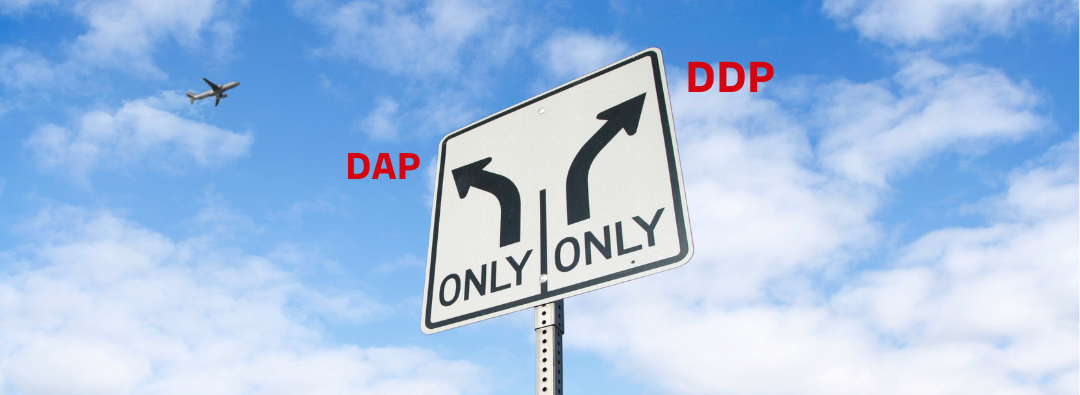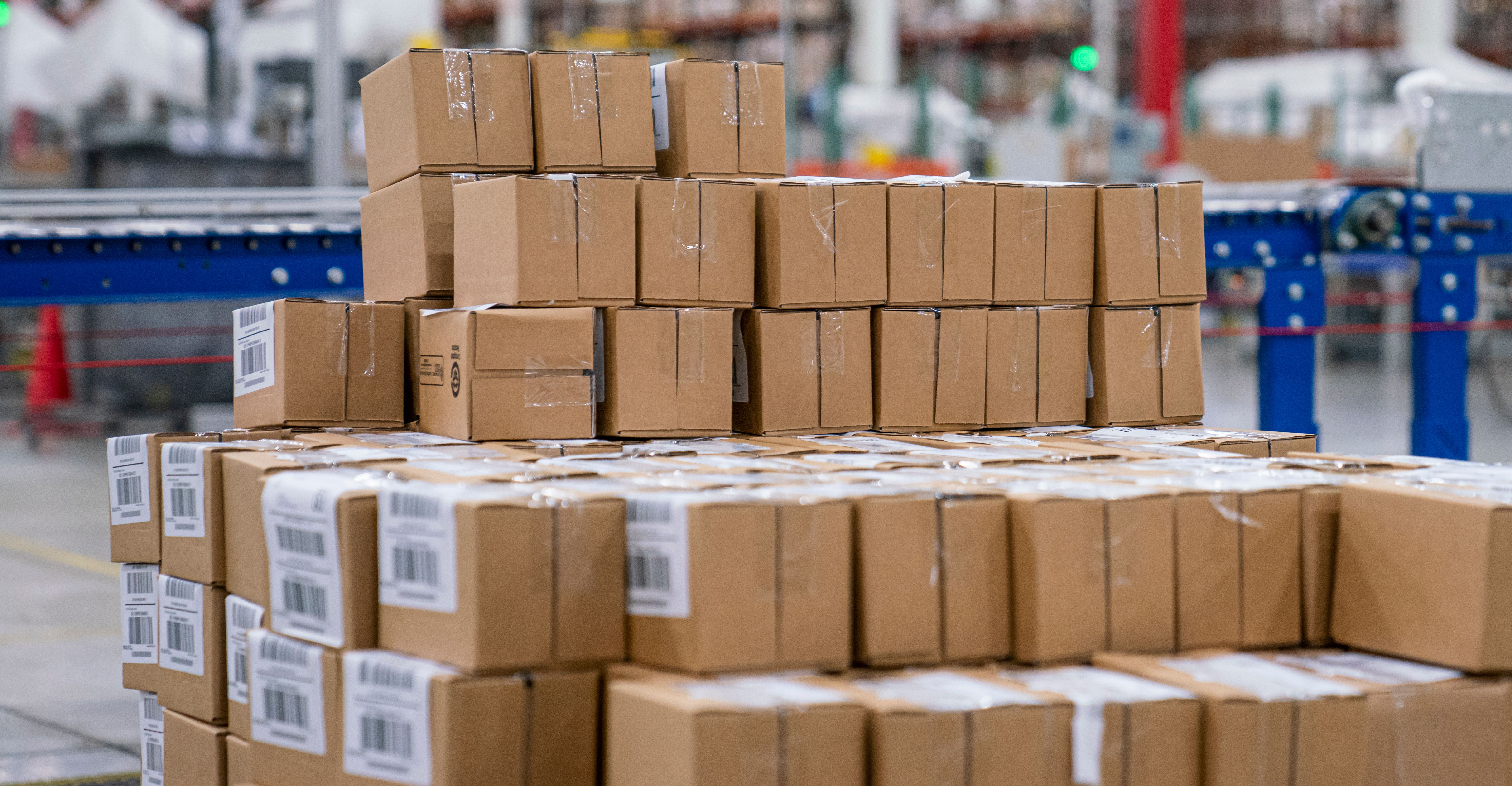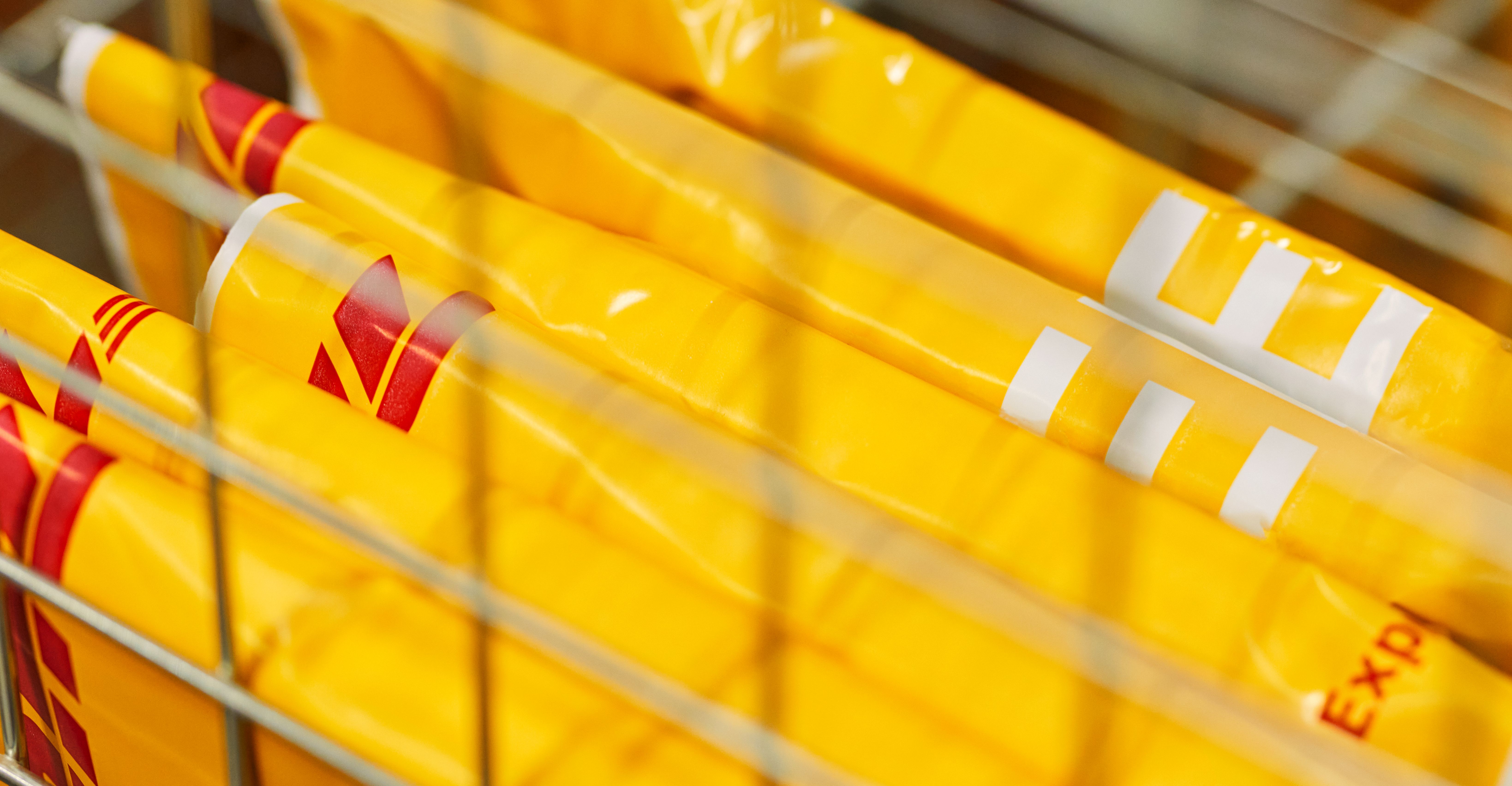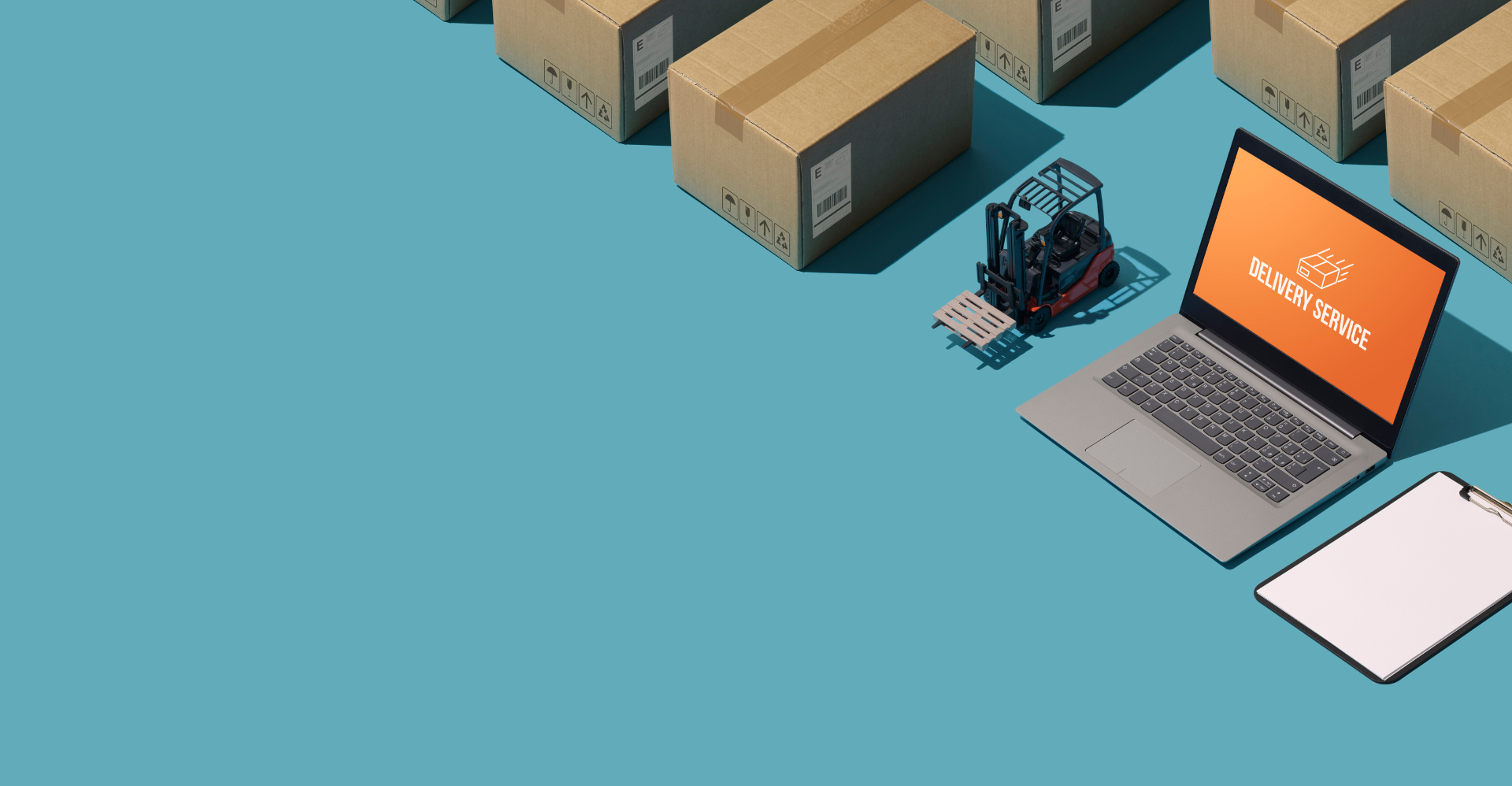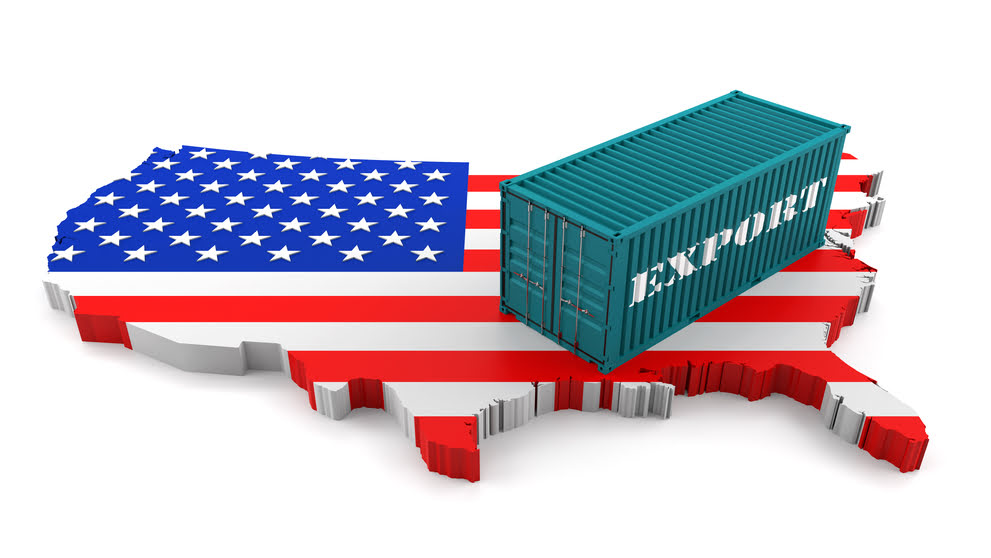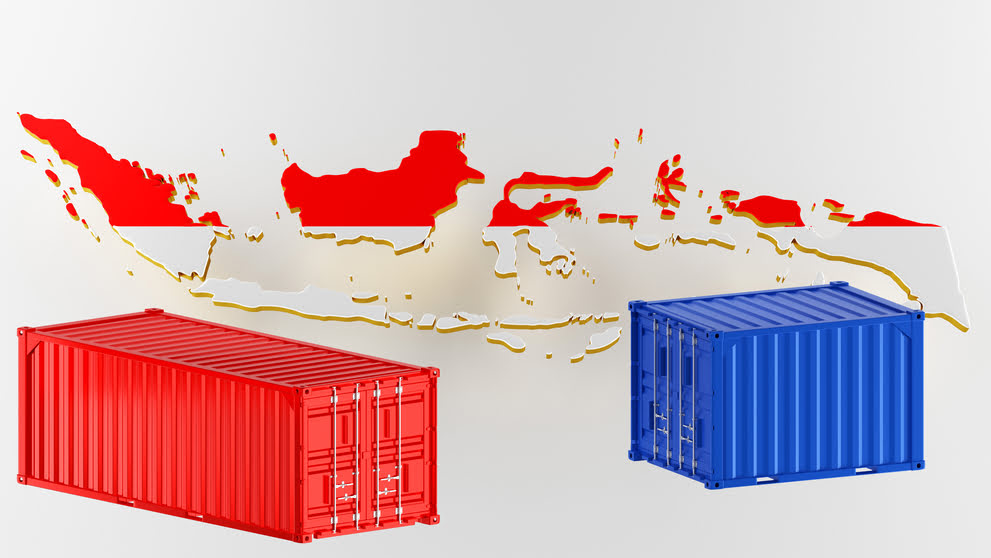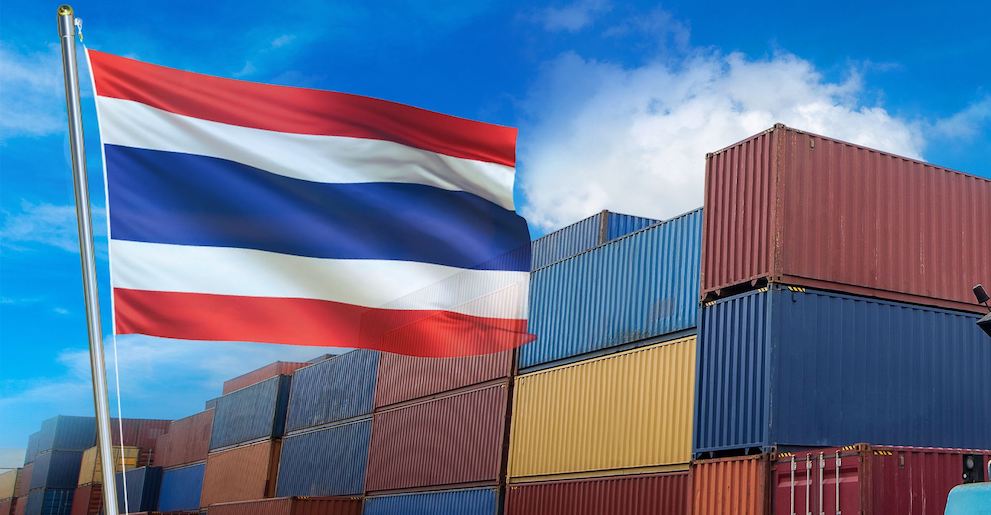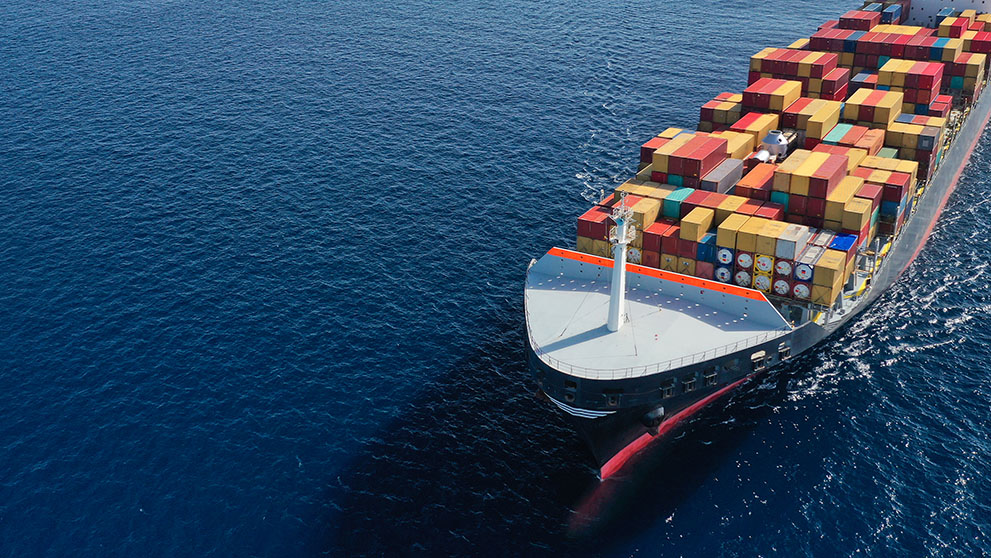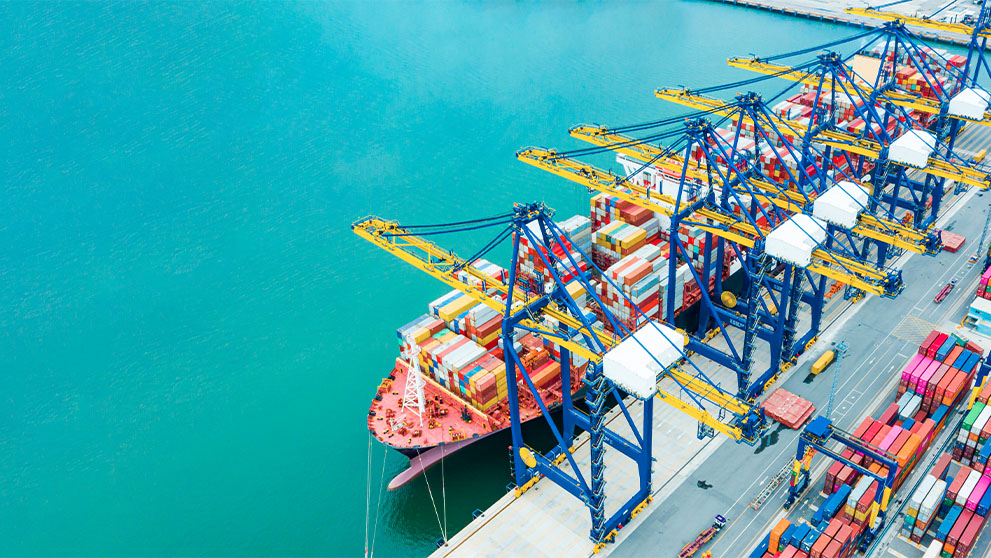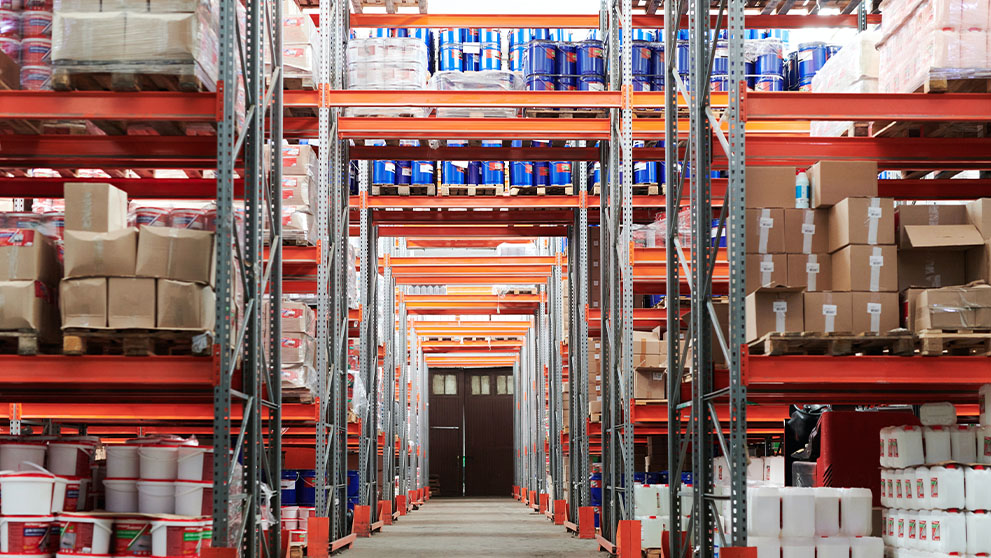What is landed cost and why is it so important to your business’s bottom line? Discover all in our dedicated guide – including how to calculate your shipment’s landed cost.
What is Landed Cost?
Let’s start with a simple landed cost definition. Then we’ll explain what that definition means in reality, give you a landed cost formula and a quick way of getting an estimate for your particular business with DHL's MyGTS (My Global Trade Services) tool, which includes a landed cost calculator.
Landed Cost Meaning
When an e-commerce business is pricing its products, it will need to consider more than just the cost of the materials. There will be several other costs associated with the product’s journey to the buyer’s door; knowing and factoring in all of these costs is important to ensuring a profit is made.
In simple terms, landed cost can be defined as the total cost of getting a product from the factory to a customer’s door. It includes shipping fees, insurance, and any customs and duties due if the goods cross borders.
What is Landed Cost in Supply Chain?
The landed cost is the sum of several different component costs: the product price, transportation costs, customs duties & taxes, other regulatory fees, and insurance costs. Here’s a bit more explanation of what each of these components means:
- Product price. Includes the total cost of sourcing the raw materials and manufacturing the product, plus the seller’s profit margin, i.e., the final price sold to consumers.
- Freight costs. Includes the cost of shipping the product to your customer’s door: freight cost, customs clearance costs, other charges of the transport provider.
- Customs duties & taxes, and other regulatory fees. Each country has customs duties and taxes associated with importing and exporting goods, and other regulatory fees (charged by Customs Authorities).
- Insurance Costs: This protects you from lost, stolen or damage goods, and the cost depends on the category and value of your shipped goods
Landed Cost Formula
Below is a simple formula showing how to calculate landed cost.
Landed Cost Calculator
You can get a free Landed Cost estimate through DHL’s MyGTS, a free, user-friendly platform that will help you navigate all aspects of international shipping.
Get Landed Cost for goods in any country: calculate your product cost, duties & taxes, and freight charges to enhance your pricing strategy and give your customers transparency over shipping fees – which builds trust with your business.
You can log in to MyGTS with your existing DHL Express account, or register a new MyGTS account. Click below for your options.
Why is it important to know Landed Cost?
Without knowing your business’s costs, you risk running at a loss! Calculating your total landed cost will help you to:
- Price your products correctly
- See where you can make savings – by switching suppliers, for example
- Give your customers a clear breakdown of costs at checkout, which helps to build trust between them and your brand
Factors Affecting Landed Cost
Many of the component costs that make up your estimated landed cost can fluctuate. For example, the raw materials used in your product may increase or decrease in price, along with the cost of the fuel involved in manufacturing it. The freight costs will vary according to the size and weight of the goods and the logistics company you use. And of course, customs duties and taxes differ considerably between countries, as well as other regulatory fees (from Customs Authorities). Different currency exchange rates can also make a substantial impact.
So, while the formula used to calculate your estimated landed cost is relatively simple, these variations make it much more complicated and something you need to keep a close eye on.
Landed Cost Example
Below is an example of a small business’s landed cost estimate from DHL Express.
It gives the business a clear overview of the total costs of getting the product to the customer’s door.
This in turn will help them price their products better and give the customer a transparent cost for shipping.
As international logistics specialists and e-commerce experts, we can help you optimize your supply chain and grow your business. Apply for a DHL Business Account today. Get started



